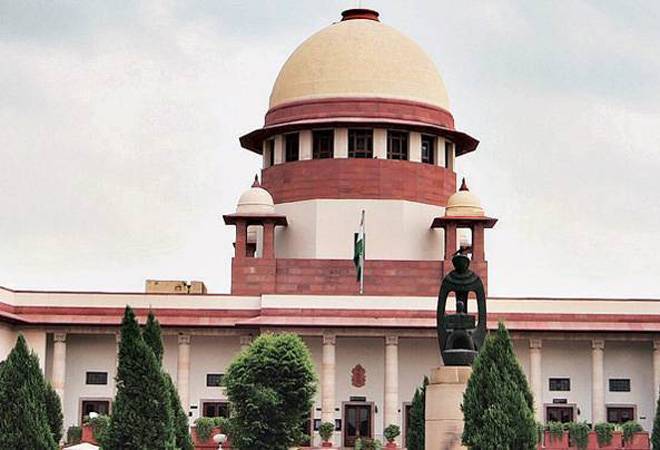
Will New BNS replace the money laundering(PMLA) Act?
The prime objective of the new BNS law, which is based on protecting the principle of the presumption of innocence, appears to conflict with the provisions of the Prevention of Money Laundering Act (PMLA) in India. The conflict arises from differing approaches to the burden of proof and the availability of bail for individuals accused under these laws.
Under the new BNS law, the emphasis is on upholding the presumption of innocence, a fundamental principle in criminal law that presumes an individual innocent until proven guilty. This principle is crucial in safeguarding the rights of the accused and ensuring fair legal proceedings. The burden of proof typically rests on the prosecution to establish the guilt of the accused beyond a reasonable doubt.
In contrast, the PMLA imposes strict provisions regarding bail and places the burden of proving innocence on the accused rather than the prosecution. This reversal of the burden of proof can be seen as a departure from the traditional presumption of innocence and can pose challenges to individuals facing allegations under the PMLA.
The conflict between these two legal frameworks highlights a fundamental divergence in approach towards the rights of the accused and the burden of proof. Balancing the need to combat money laundering effectively while ensuring due process and protection of individual rights is essential in resolving this conflict.
To address this conflict, it may be necessary to review and potentially amend the relevant provisions of the PMLA to align with the principles of the presumption of innocence and fair trial. Revisiting the bail provisions and the burden of proof requirements under the PMLA could help mitigate the conflict and uphold the fundamental rights of individuals accused under the law.
Thus, reconciling the objectives of the new BNS law, focused on preserving the presumption of innocence, with the provisions of the PMLA, which impose strict bail conditions and a reversed burden of proof, requires a careful legal analysis and potential legislative adjustments to ensure coherence and fairness in the legal system.
It is crucial to address this conflict to ensure legal harmony and uphold the rule of law. To deal with this conflict effectively, the following steps could be considered:
- Legal Analysis: Conduct a detailed legal analysis to identify the specific provisions of the new BNS law that conflict with the PMLA. Understanding the nature and scope of the conflict is essential in formulating a strategy to resolve it.
- Stakeholder Consultation: Engage with stakeholders including legal experts, lawmakers, and government officials to discuss the implications of the conflict and gather diverse perspectives on potential solutions.
- Amendment or Repeal: Consider amending or repealing the conflicting provisions of either the new BNS law or the PMLA to eliminate inconsistencies and ensure consistency in the legal framework.
- Judicial Review: If necessary, seek judicial review to address the conflict through the legal system. The Supreme Court of India may guide interpreting the laws in question and resolving the conflict in a manner consistent with constitutional principles.
- Awareness and Education: Raise awareness among the legal community, law enforcement agencies, and the public about the conflict between the two laws and the steps being taken to address it. Education and clarity can help prevent confusion and ensure compliance with the law.
- Regulatory Guidance: Provide clear regulatory guidance to relevant agencies responsible for enforcing the laws to ensure they are equipped to navigate the legal complexities arising from the conflict.
Overall, resolving conflicts between laws such as the new BNS law and the PMLA requires a comprehensive approach that involves legal analysis, stakeholder consultation, possible legislative action, judicial review, public awareness, and regulatory guidance. By addressing these conflicts proactively and collaboratively, legal systems can maintain coherence and uphold the rule of law effectively.
Your free access to Supreme Law News has expired
Delhi, Mumbai & Dubai
Tel: M- 91- 9818320572. Email: editor.kumar@gmail.com
Website:
www.supremelawnews.com
www.ajaykr.com, www.4Csupremelawint.com
Facebook: /4Clawfirm, /legalajay Linkedin: /ajaykumarpandey1 Twitter: /editorkumar / YouTube: c/4cSupremeLaw Insta: /editor.kumarg
Telegram Channel
Whatsup Channel











